Snow is a form of precipitation that consists of crystals of ice. These crystals, called snow crystals, grow from water vapor in clouds. Water vapor is the gaseous form of water—the form that water assumes when it evaporates. A snowflake consists of up to 100 snow crystals clumped together.
Loading the player...Snowflake formation
Particles of snow vary in size from crystals almost too small to see with the unaided eye to snowflakes 1 inch (2.5 centimeters) or more in diameter. Some of the tiniest crystals occur in ice-fog, a fog that can form in the Arctic regions when the temperature is extremely low.
Amounts of snowfall.
Snowfall varies greatly across the earth. Snow falls in the polar regions throughout the year. But the heaviest snows occur during the winter in mountainous areas of the temperate zones—between the Tropic of Cancer and the Arctic Circle and between the Tropic of Capricorn and the Antarctic Circle. These areas include the western coastal ranges of North and South America, and the Alps in Europe.
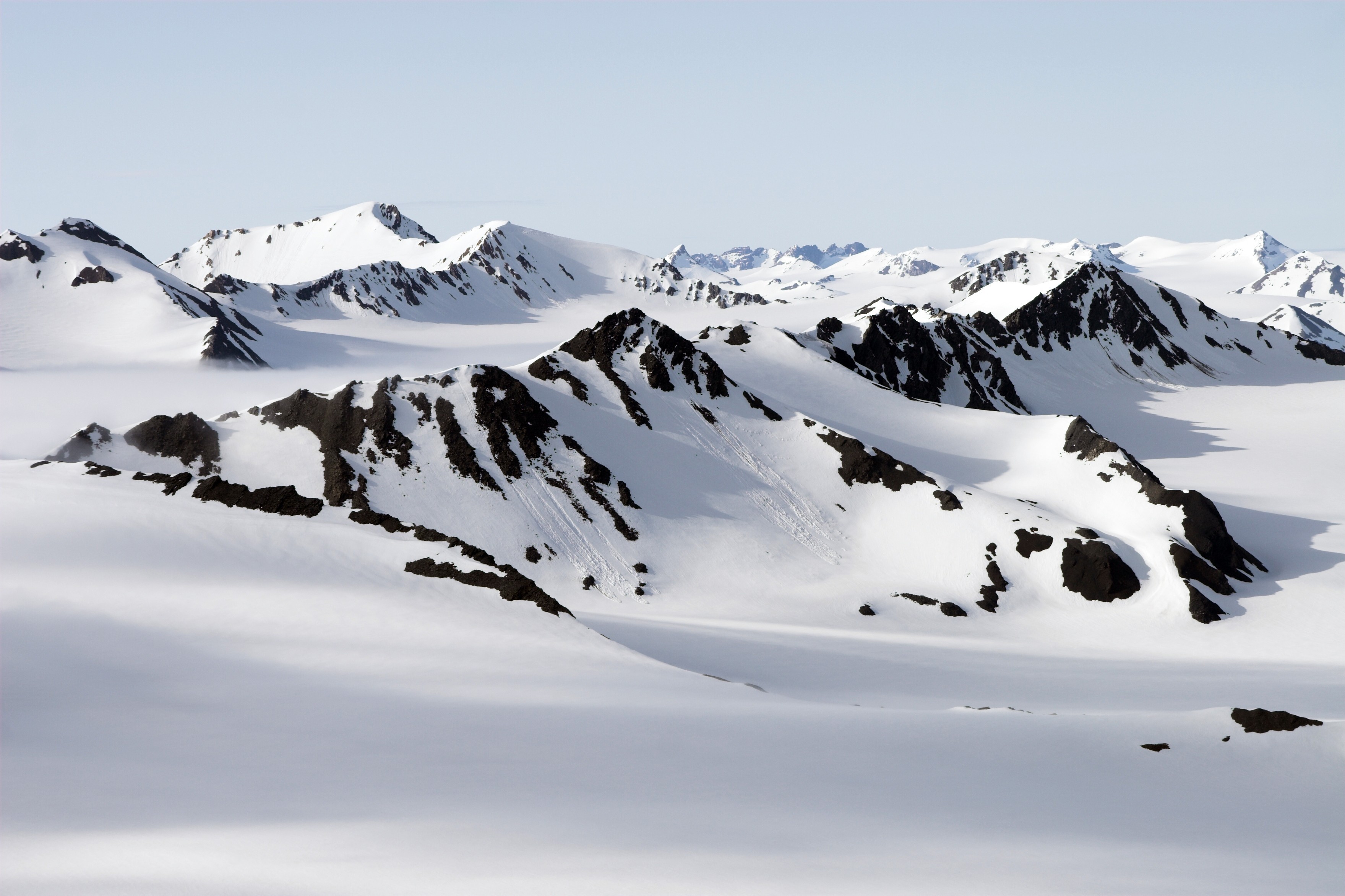
In the United States, the record for snowfall in one year was set from November 1998 through June 1999, when 1,140 inches (2,896 centimeters) of snow fell at Mount Baker Ski Area in Washington. In 1921, a 76-inch (193-centimeter) snowfall in Silver Lake, Colorado, set a record for the largest snowfall during a 24-hour period.
A typical layer of snow on the ground would melt to form a layer of liquid water about 1/10 as thick as the snow. But 1 inch of water may be equivalent to as much as 30 inches (76 centimeters) of dry, fluffy snow. Snow is a major source of water in many places. Mountain snowmelt, for example, feeds many rivers and streams.
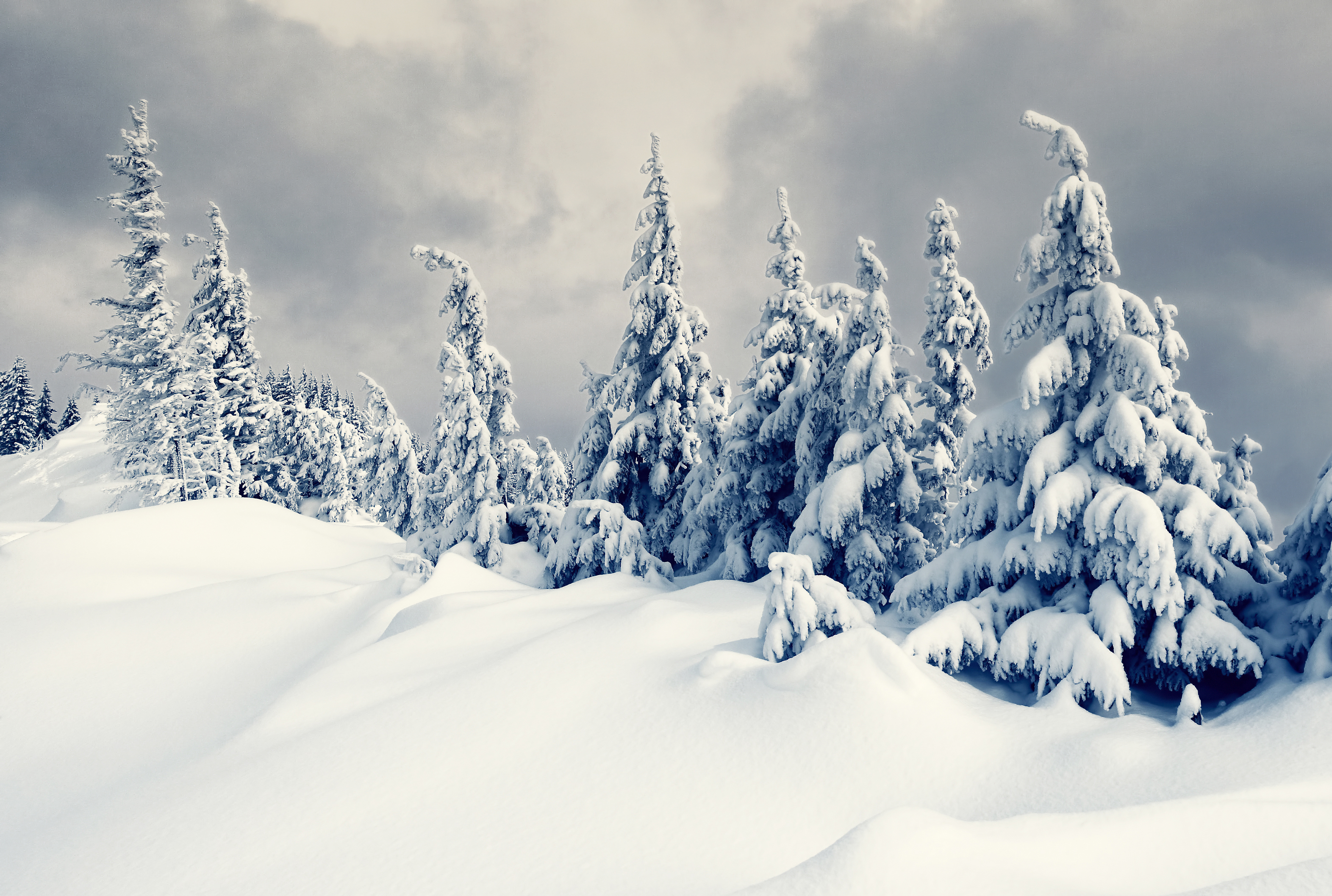
How snow forms.
Snow crystals usually start from tiny droplets of supercooled water. Water droplets do not always freeze at the normal freezing temperature of water, 32 °F (0 °C). Droplets of supercooled water remain liquid even though their temperature is below the freezing point.
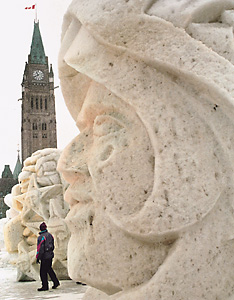
At the beginning of the process of snow formation, some supercooled droplets freeze. They do so because they contain, or come into contact with, tiny particles called freezing nuclei or ice nuclei. Most freezing nuclei are dust or specks of plant debris raised by the wind.
Nearby, water droplets, which are still supercooled, slowly evaporate. Much of the resulting vapor joins the crystals, and so the crystals grow.
The crystals fall faster and faster as they grow. They may collide with one another to make snowflakes. Snow particles fall at rates ranging from nearly zero for tiny crystals to about 3 feet (90 centimeters) per second for a typical snowflake and several times that for melting snow. Snow crystals often strike supercooled droplets, which immediately freeze onto them. This process, called riming, forms soft particles known as snow pellets or graupel. In temperate zones, the melting of snow pellets provides much of the rainfall from cumulus clouds.
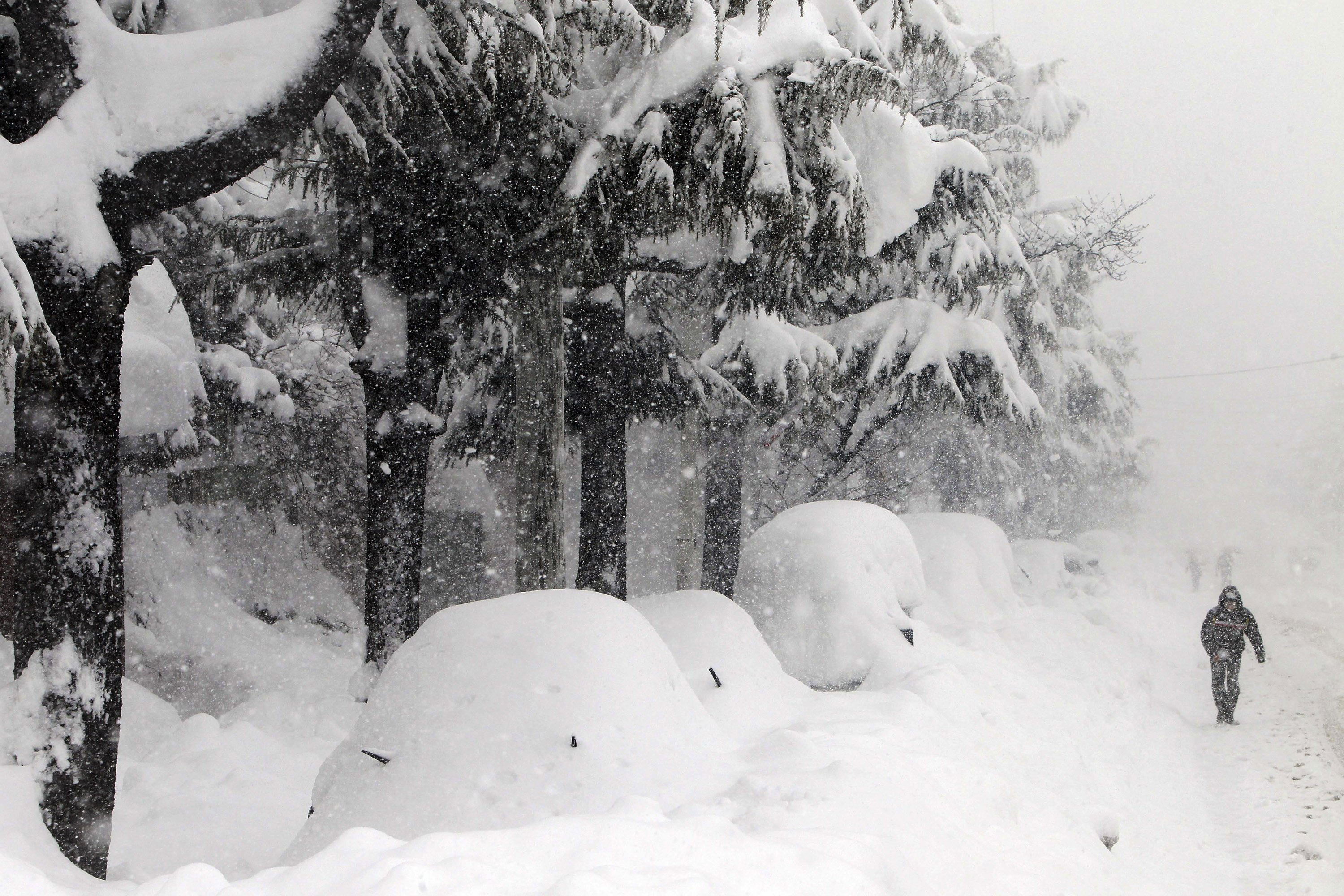
Nearly all snow crystals have six sides, but they vary in shape. The crystals are six-sided because the water molecules within them link together in six-sided structures. Planar (flat) crystals called plates range from simple hexagons to six-pointed stars to the familiar finely branched dendrites. Dendrites form at a temperature of about 5 °F (–15 °C); six-sided columns, at about 14 °F (–10 °C). Many columnar crystals are hollow.
Individual snowfalls usually contain many different types and combinations of crystals. Snow crystals that encounter a variety of temperatures and humidities as they grow may become partly planar and partly columnar. They may or may not undergo riming or clumping.
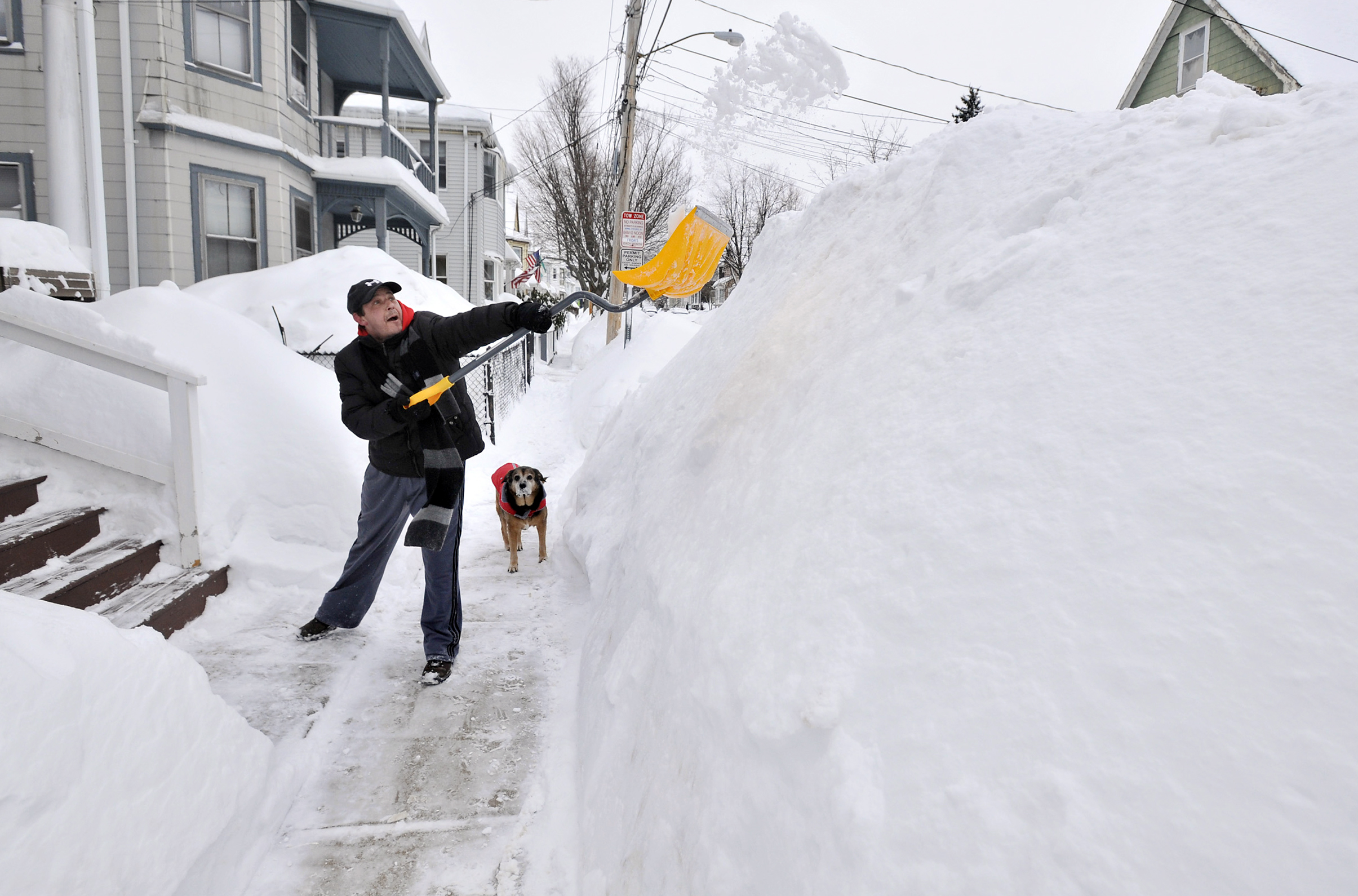
Artificial snow
produced at ski resorts is actually partly frozen droplets of water. Machines make this “snow” by spraying a mixture of water and freezing nuclei into the air.
